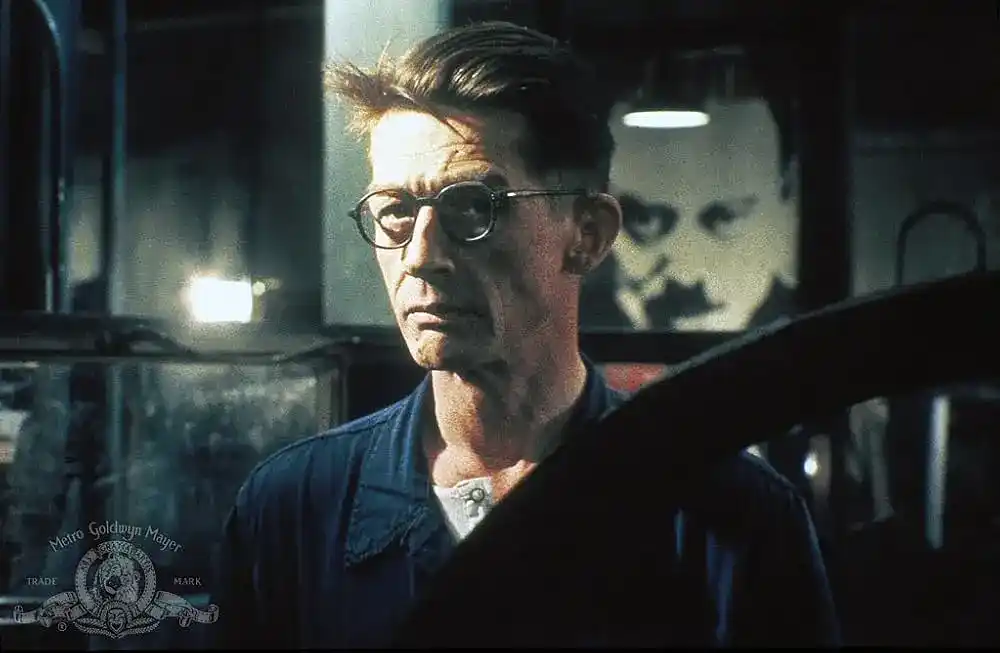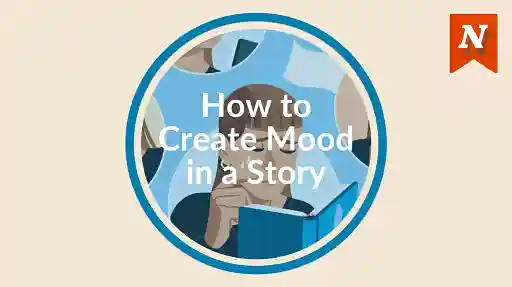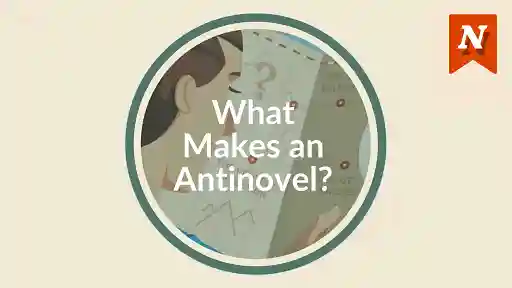Every writer knows the importance of an opening line. But it’s not just the first line of chapter one that needs to hook your reader. Every chapter should start in a way that will make it impossible for people to stop reading.
Here are 7 ways to hook your reader at the start of any chapter:
1. Start near the dramatic apex
If you want to propel the plot forward, start your chapter near its dramatic apex. Whether it’s high-stakes action, an argument, or an epiphany, launching straight into the most dramatic part of the chapter ups the pace and builds tension.
If you’ve ever read one of Dan Brown’s thrillers, you’ll know they’re very hard to put down. His chapters are typically very short and get straight to dramatic plot points with little to no buildup. In The Da Vinci Code, one chapter ends:
Before Sophie and Teabing could respond, a sea of blue police lights and sirens erupted at the bottom of the hill and began snaking up the half-mile driveway.
Teabing frowned. ‘My friends, it seems we have a decision to make. And we'd better make it fast.’
The next chapter begins:
Collet and his agents burst through the front door of Sir Leigh Teabing's estate with their guns drawn. Fanning out, they began searching all the rooms on the first level.
The cliffhanger at the end of the chapter begs the question: will the protagonists get caught? Instead of continuing where he left off and walking us through the decision-making process, Brown takes us straight to the moment of greatest tension when we’re about to find out.
Starting near the dramatic apex keeps readers desperately turning pages as your story jumps from one moment of high tension to the next.
2. Create intrigue with a cryptic statement
You can also build tension by hinting at information to come without stating it outright. This makes the reader eager to continue in order to find out what is being alluded to.
The first line of a chapter in Richard Osman’s The Thursday Murder Club is:
Ellidge had seen them first.
Our immediate reaction is, “Who or what has he seen?” However, Osman makes us wait as he spends the next three paragraphs describing Ellidge’s morning routine in the retirement village. What otherwise might have been a somewhat boring, procedural account of an old man’s daily walk suddenly becomes filled with tension as the reader is anxious to solve the mystery of what the ominous “them” refers to. (If we’ve got you’re curious, you’ll have to read the book!)
Making the reader wait for an explanation of your first sentence instantly makes expositional scenes more exciting.
3. Reveal new information
It isn’t just concealing information that engages your reader. New revelations can also grab their attention. For example, you might use a flashback to disclose crucial details about a character’s past that improve the reader’s understanding of them in the present.
George Orwell’s 1984 is set in a totalitarian surveillance state ruled by the Party. The novel opens with Winston’s first act of rebellion: starting a diary. However, it is only at the beginning of chapter 3 that we learn about his mother:
Winston was dreaming of his mother.
He must, he thought, have been ten or eleven years old when his mother had disappeared.
The new information helps us understand Winston’s isolation and the trauma that has led him to hate the Party. The flashback, here in the form of a dream, puts us inside Winston’s head and shows us how acutely the memory impacts him today. The fact that he doesn’t know whether he was ten or eleven also teaches us just how successfully the Party has messed with his memory and brings us closer to the poor ministry worker.

Letting your readers get to know a character better is a common way to pique their interest.
4. Describe a strong emotion
Another way to give your readers greater insight into what makes a character tick is by honing in on a strong emotion. This gets readers emotionally invested in the character, and can also create intrigue — depending on whether the source of the emotion is already known.
In Leo Tolstoy’s Anna Karenina, we do know why Kitty is anxious at the start of one chapter: her two suitors, Levin and Vronsky, are both coming over, and she doesn’t know what to do as she’s unsure which she would rather marry. The start of the chapter reiterates the gravity of her emotion and puts us in her shoes:
After dinner, and till the beginning of the evening, Kitty was feeling a sensation akin to the sensation of a young man before a battle. Her heart throbbed violently, and her thoughts would not rest on anything.
For most of us, this nervous restlessness is a relatable feeling. Being able to empathize with a character gets the reader more invested in what happens to them in the story.
5. Focus on sensory details
A third way to immediately immerse the reader in a character’s world is to focus on the senses, painting a vivid image of the scene.
In A Game of Thrones by George R. R. Martin, one chapter opens with a description of the setting that includes lots of visual and auditory details:
The grey light of dawn was streaming through his window when the thunder of hoofbeats awoke Eddard Stark from his brief, exhausted sleep. He lifted his head from the table to look down into the yard. Below, men in mail and leather and crimson cloaks were making the morning ring to the sound of swords, and riding down mock warriors stuffed with straw.
Writers are regularly warned of the dangers of “waking up” scenes — they can be very dull and drag on. However, Martin proves that it’s possible to make the morning routine engaging: the sensory activation transports readers to Eddard’s world, bringing the scene to life.
6. Start big and zoom in
You don’t have to get inside a character’s head to engage your reader. In fact, it can sometimes be useful to do the complete opposite: start big and slowly zoom in. This creates a sense of scale and depth and can put a story’s events into perspective.
In the preface of The Hitchhiker’s Guide to the Galaxy, Douglas Adams first describes the western spiral arm of our Galaxy, then zooms in on our sun, our planet Earth, and finally a particular café. Similarly, in chapter 4, he starts with the opposite spiral arm of the Galaxy, then zooms in on the planet Damogran, some of its islands, and finally a spaceport for landing spaceships.
The repeated use of this zooming technique places important settings into their geographical context, as if Adams were writing an actual intergalactic guide. It emphasizes the insignificance of individual settings in the grand scheme of the universe and reflects the randomness and absurdity of the sci-fi series, in which the mundane and the extraordinary interact in chaotic and unpredictable ways.
Even in other genres, zooming in can effectively convey the significance — or insignificance — of a setting, character, or event, making a statement about transience, nihilism, or even the chances of finding one’s soulmate.
7. Make a statement about the theme
If you want to make it more explicit, you can also start a chapter with an overt statement about the story’s theme. This invites the reader to reflect deeply and to evaluate your message over the coming pages.
Samantha Harvey’s Orbital chronicles 24 hours in the life of six astronauts and cosmonauts aboard the International Space Station. One of the chapters begins:
Everything, everything is turning and passing.
So Shaun thinks and as he slips the postcard back in its pouch he feels like laughing at the question before him. How are we writing the future of humanity? We’re not writing anything, it’s writing us.
The opening line makes a bold statement that the rest of the chapter then explores further. The message comes before rather than after the justification to create a greater impact and ensure the reader remembers it.
Of course, there are other perfectly valid approaches to starting a chapter. Each chapter is unique and not every technique will be suited to every chapter. The important thing is to make conscious choices based on the impact a certain beginning will have on the reader. And don’t forget to continue the chapter with the same purposeful writing — for more tips on how to do this, head to our full guide to writing a chapter.









